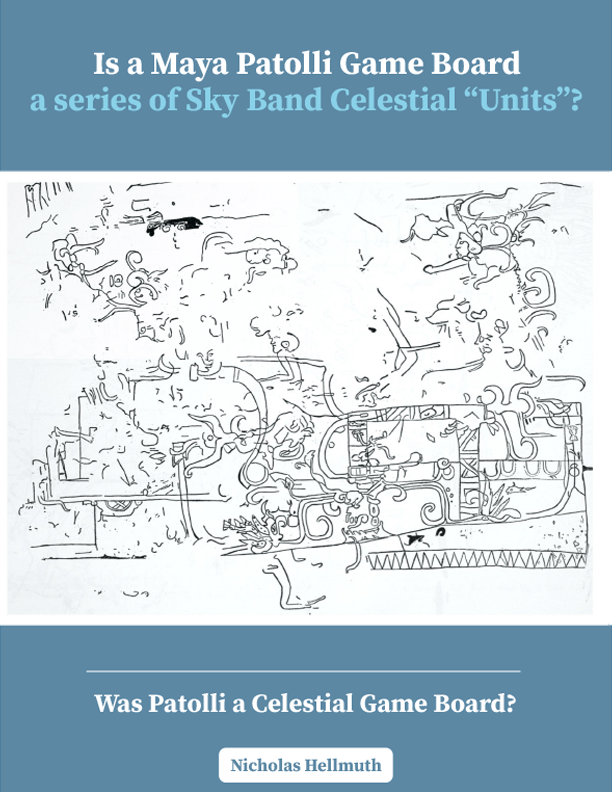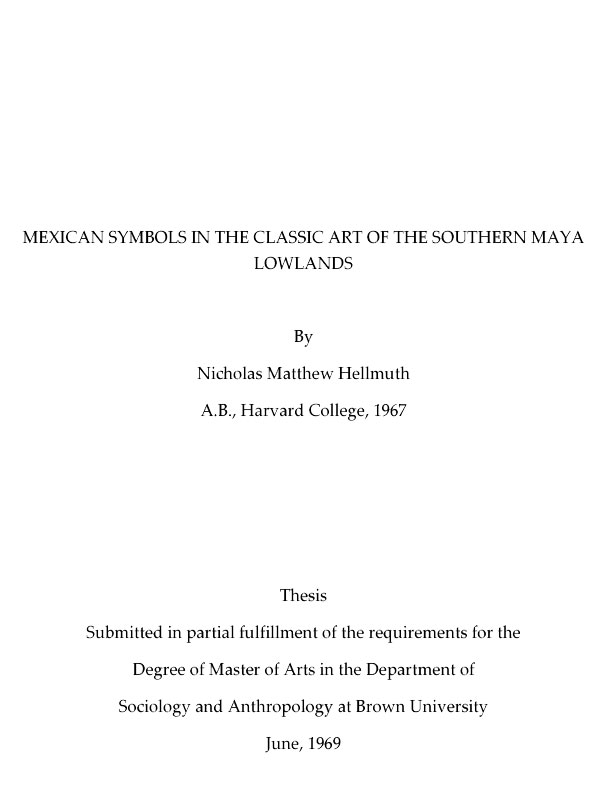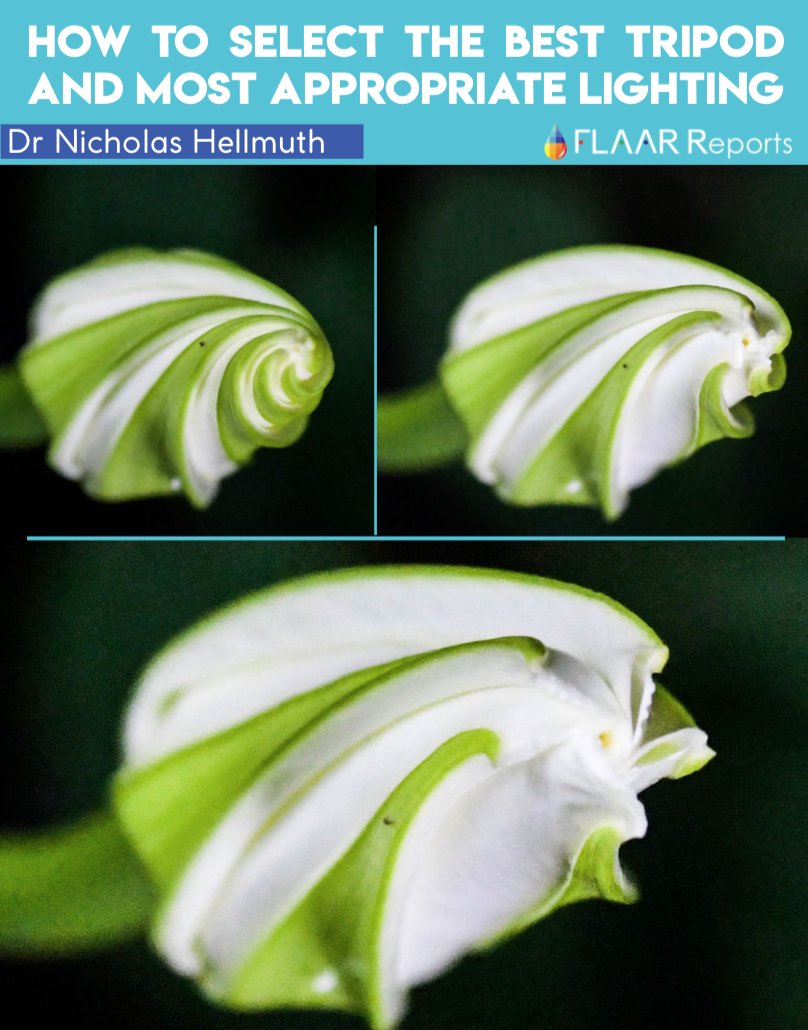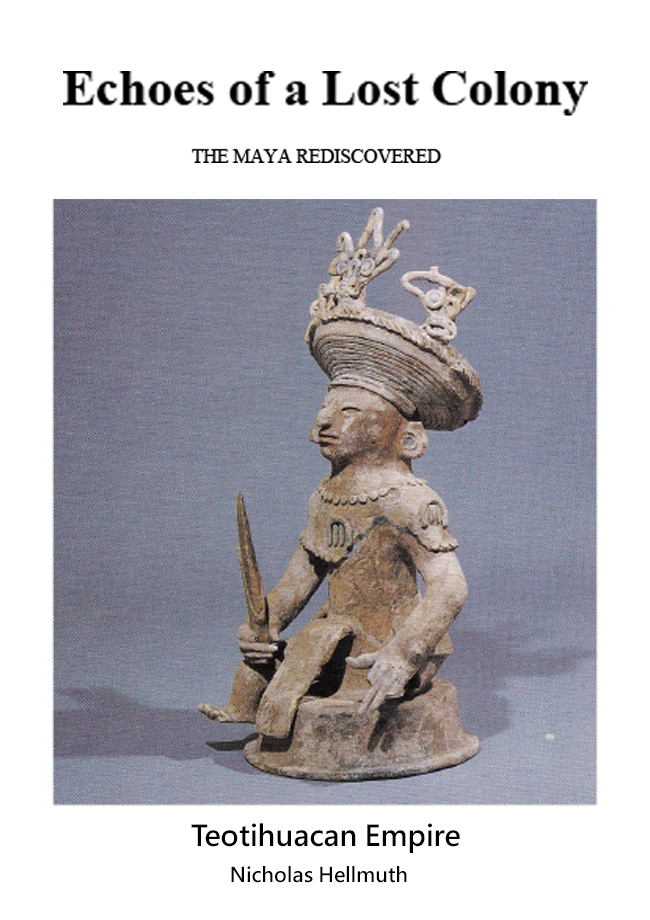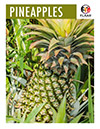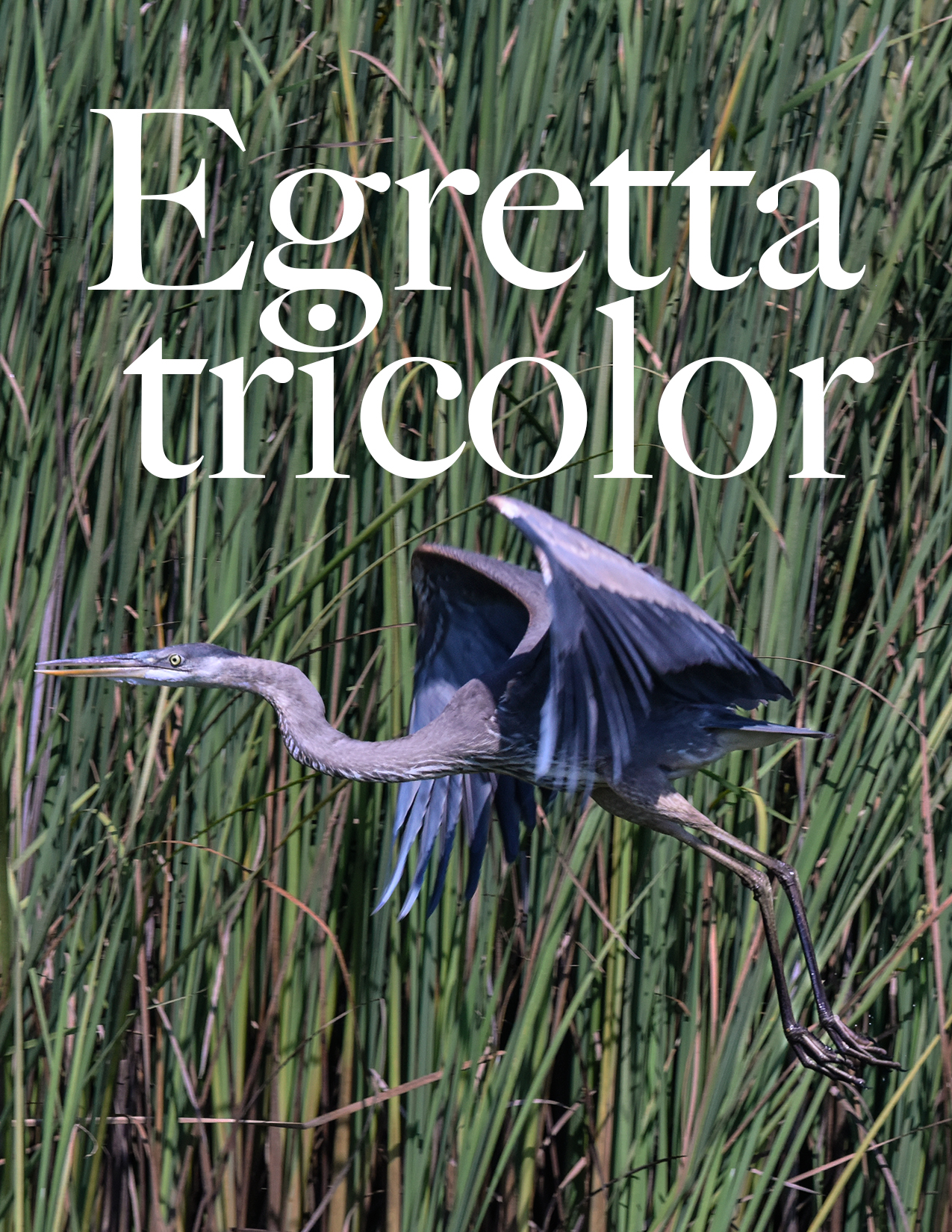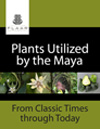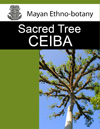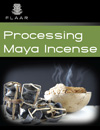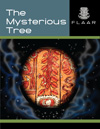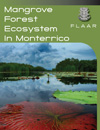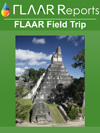Early Research and early Publications
Students and the general public frequently ask me to write my autobiography. But because I am working 12-hours a day on flora, fauna and biodiverse ecosystems and also on Maya iconography, I have not had time to write an actual autobiography. But today I found my 1965 Harvard seminar paper that is interesting for several reasons.
1st, it reminds us that in the 1960’s the Maya cites were still considered ceremonial centers. 2nd, this report mentions my having visited Bonampak already in 1962 (at age 17) and again in 1964.
I sincerely appreciate the INAH archaeology team who accepted my offer to help them carry their equipment from the landing field at a Lacandon Maya site many kilometers through the rain forests to reach Bonampak—no airfield at Bonampak itself in those days. I helped the INAH team to set up camp. They kindly flew me from Tabasco to the Lacandon settlement, then we hiked to Bonampak.
I was already at Copan in 1962 and again in 1963, plus Quirigua in 1963.
I also visited Uaxactun, hiking from Tikal and returning on a mule back to Tikal in 1964.
My first visit to a Maya site was to Palenque in 1961. I wrote my high school thesis on the monumental temple pyramids, acropolis, palaces that I experienced at Palenque. I used photos from the Leica camera that my family loaned to me. I traveled by 2nd class bus from Saltillo (north of Monterrey) to Tabasco and then train to Palenque and back to Saltillo (where I had been studying Spanish at age 16). Not many high school students in 1960’s travel alone at age 16 to visit a Maya site—required going by train from Tabasco—since no paved highway went that far south to that part of Chiapas.
Since I was still an undergraduate, and since the decades-old traditions of Morley and Thompson still froze Maya studies to old-fashioned concepts, one scholarly breakthrough was my identification that the graffito in Uaxactun showed a cosmological band (Fig. 11). I captioned it “Uaxactun cosmological graffiti” an iconographical fact that I doubt CIW expert authors in 1950 had yet recognized in those days. So clearly I was already deep into Maya iconography even at about 18 years of age and recognized the “astronomical game board design” (page 19) which today would be called a patolli game board with Sky Band motifs.
I was so excited in 1965 that I capitalized my finding (pages 20-21):
Another common design on walls and floors is what might be a form of game board. Similar designs are found throughout the Maya area, and also in non-Maya parts of Mexico. Basically it consists in one large square divided into quadrants (figs. 10, 11). Each of the divisions itself is formed from squares. Various authors have commented on the possible significance of this game but none have equated it to an astronomic diagram. As of yet I do not have enough examples to conjecture whether the number of squares had any significance. Nine and thirteen are the only numbers which fit the two designs shown. This is the number of squares forming a cross-piece. It may be purely coincidental. The true significance of this graffiti type is illustrated in an example from Room 49 of Structure A-V at Uaxactun. Amid the various other designs, a clear example of this form appears. Except here, instead of squares THERE IS AN PLANETARY BAND. This is a familiar Mayan motif. A good example of it is found on two sides of the sarcophagus cover at Palenque. This design usually appears only in highly symbolic locations, such as the tomb of the priest-ruler of Palenque. This might pass unnoticed were it not for another possible example from Tikal (Maler: 1911: fig. 10). Here is the top part of this game, nine connected squares in a row. Sun and other astronomic signs fill some of these squares. Fitting in with the astronomical explanation of this game is its possible connection with the ball court. Tozzer mentions that an identical design, plain squares, appears on p. 19 of the "Tonalamatl Aubin" in connection with the god Xochiquetzal and a ball court. As will be seen in the section on Copan, the ball court was connected with the sky and the four cardinal directions.
Every year I will be posting more papers that I wrote. Sadly, my high school thesis no longer exists, but my Harvard undergraduate thesis on the Tikal Bu. 196 Tomb of the Jade Jaguar; my 1969 Brown University MA thesis on the continuation of Maya flaunting Tlaloc, yearsign, incense strap bag and other Teotihuacan motifs in the Late Classic (even though the imperial capital had long ago collapsed); and my PhD dissertation (auf Deutsch) and in English, can now all be downloaded on-line.
Posted November 07, 2025 By Nicholas Hellmuth


